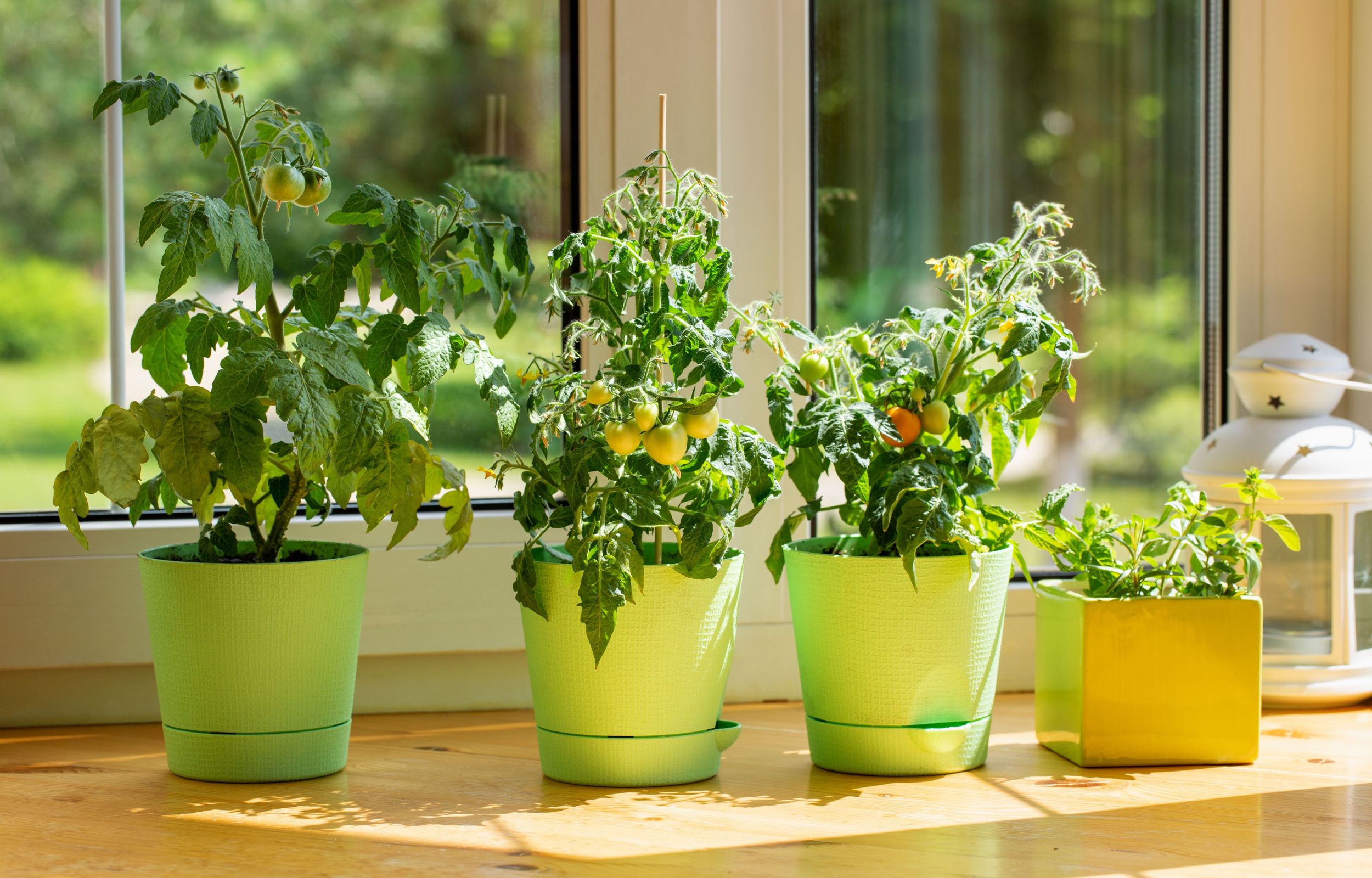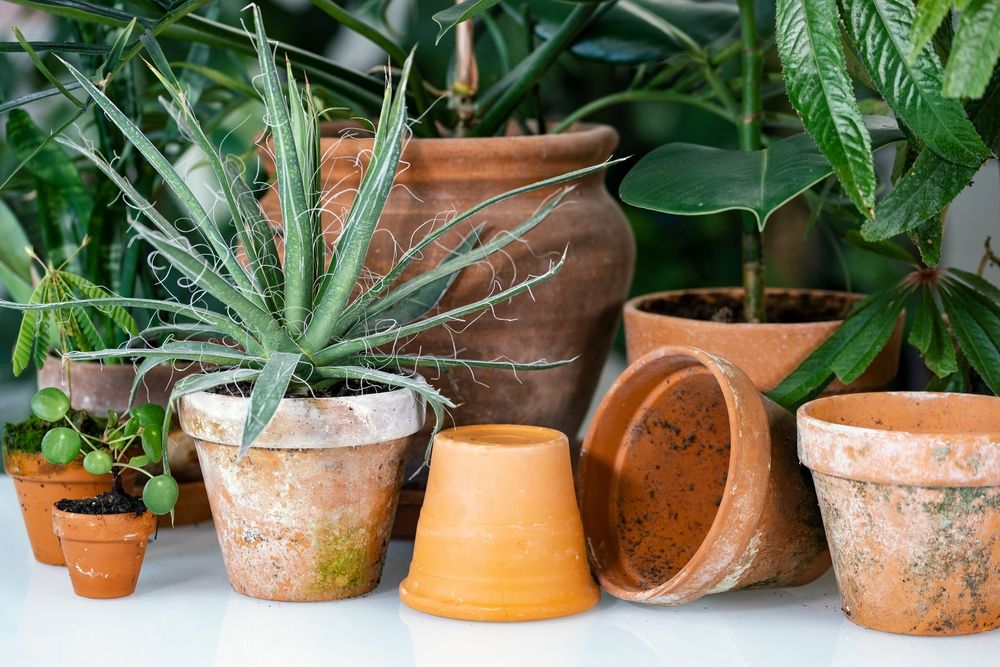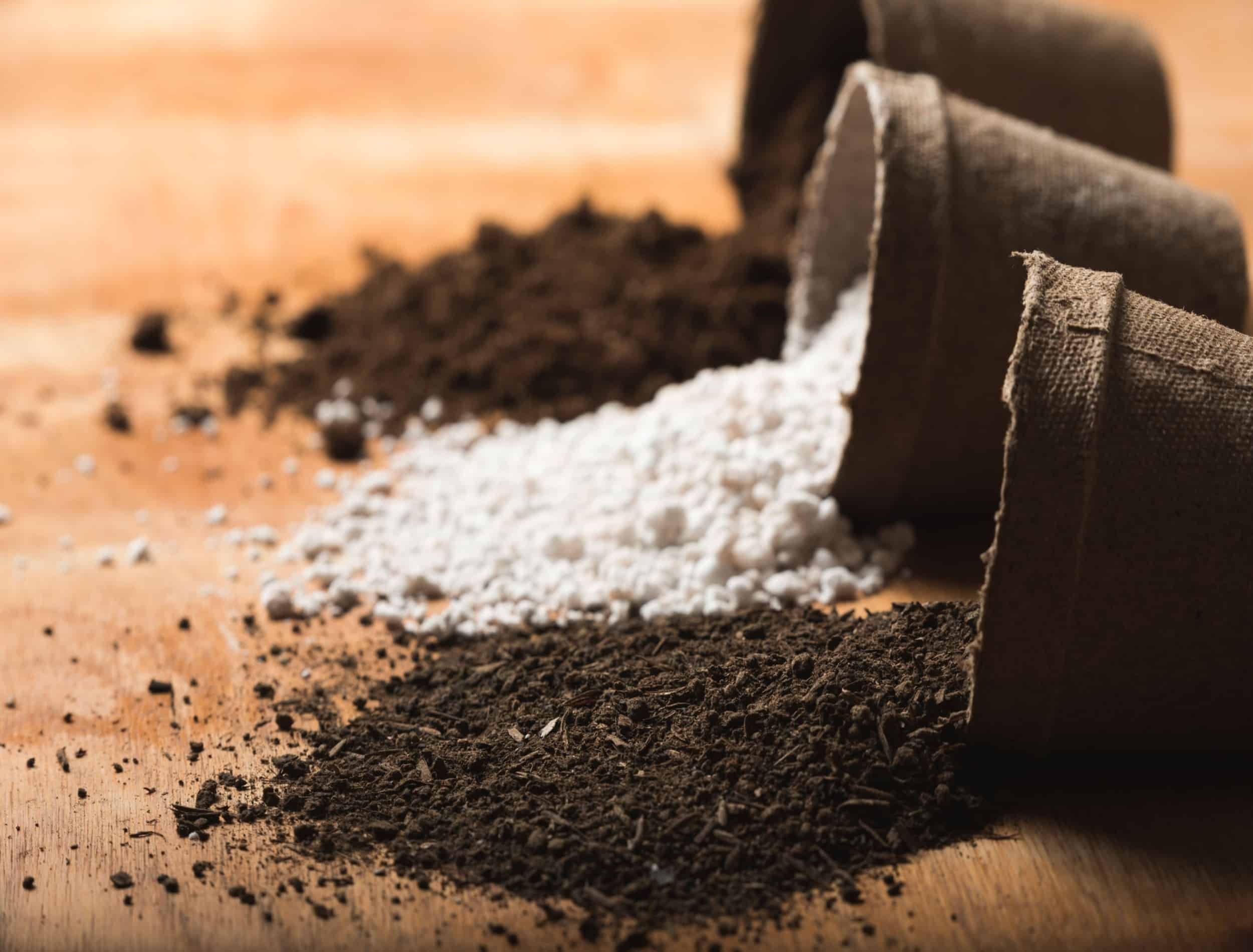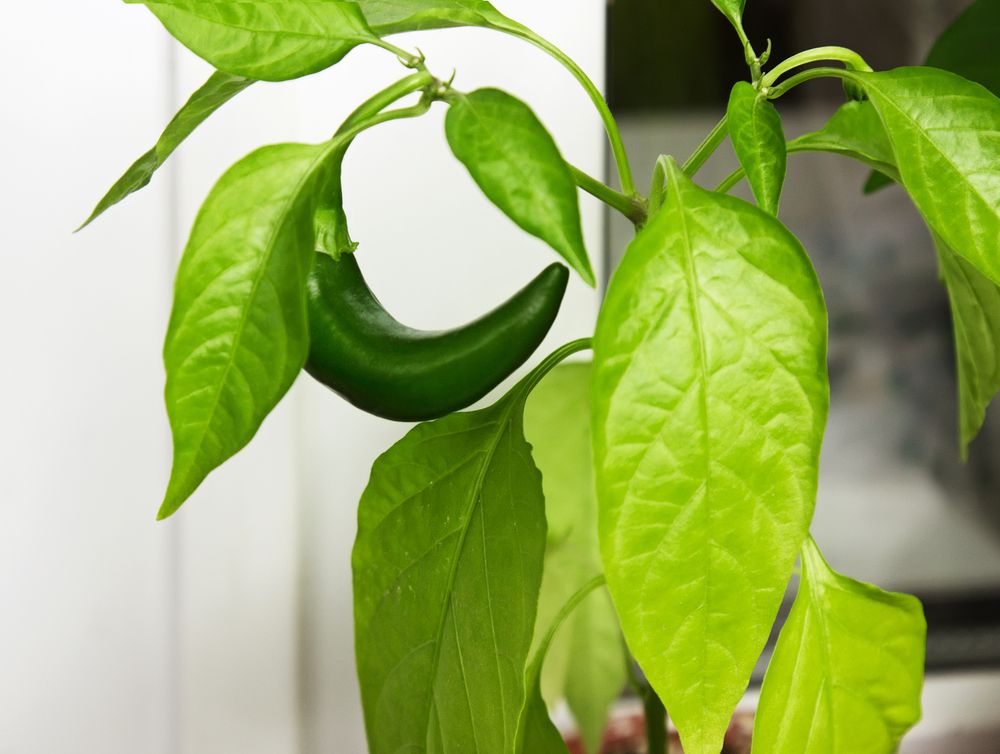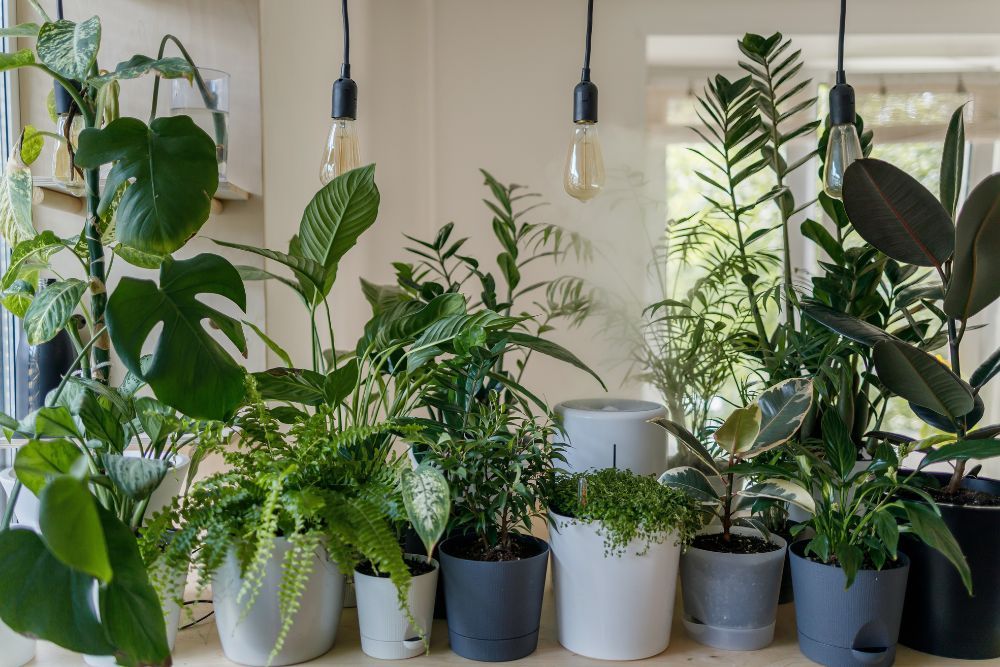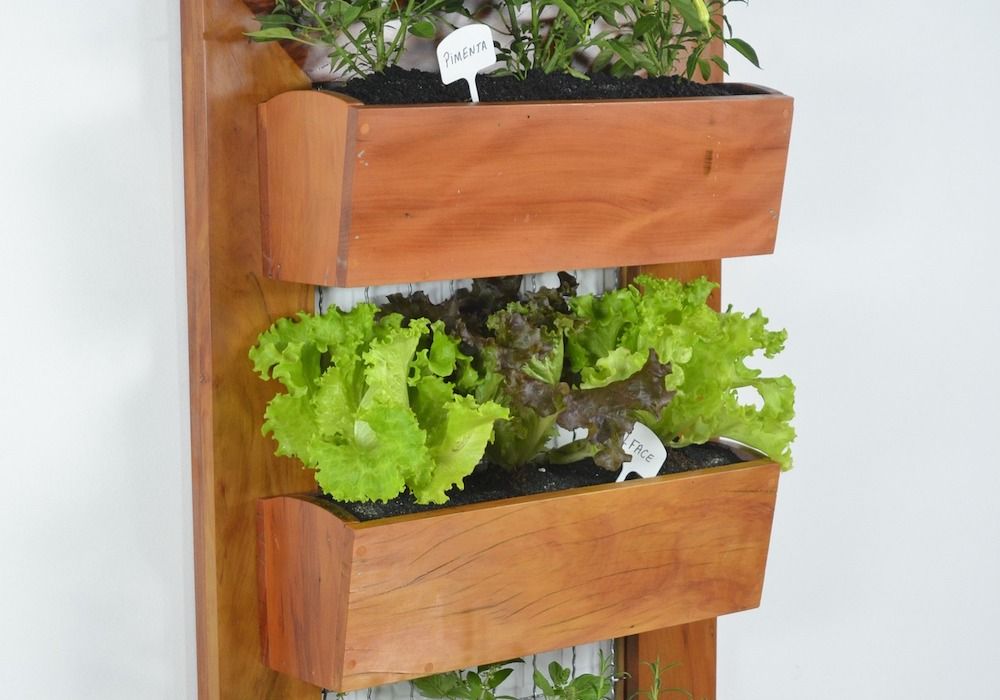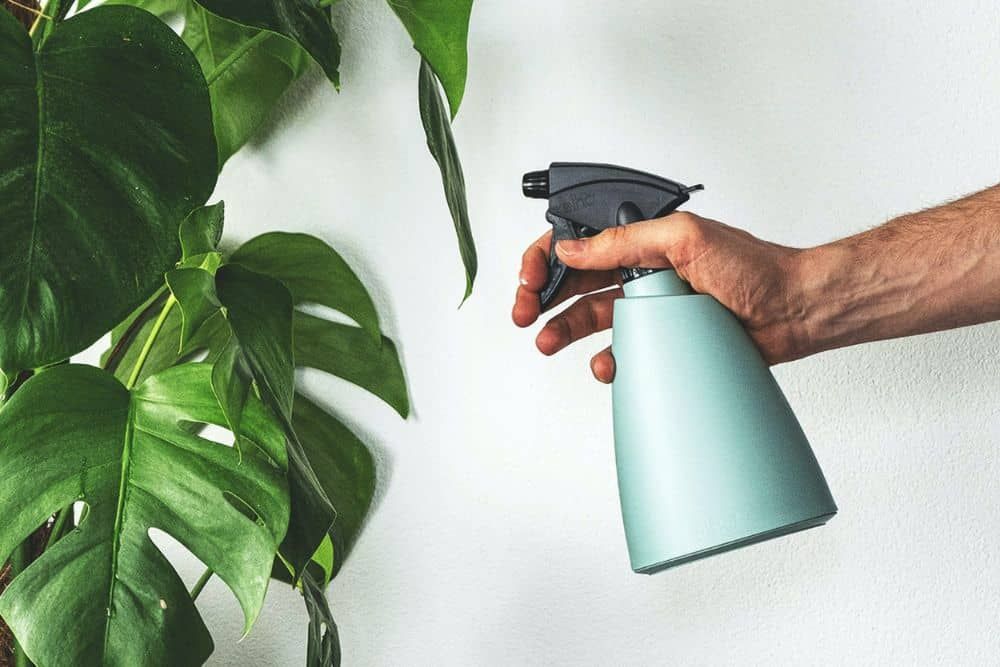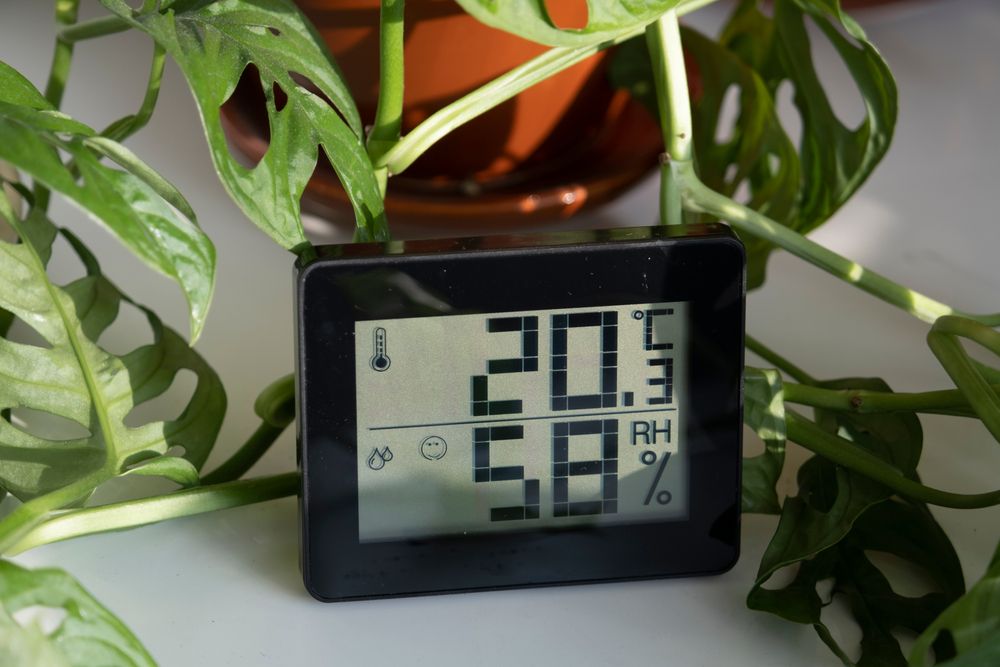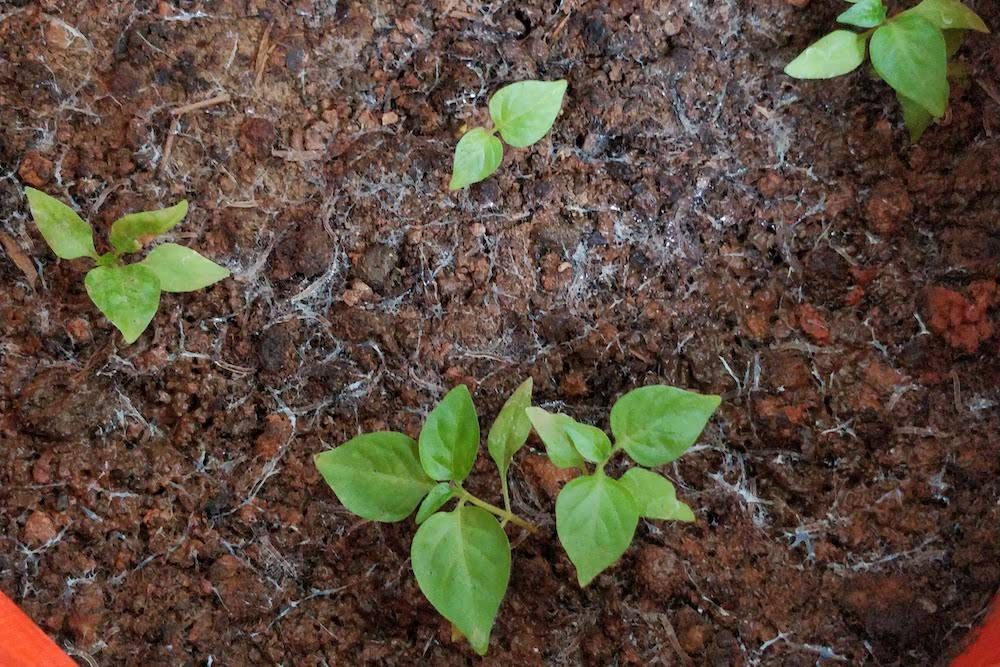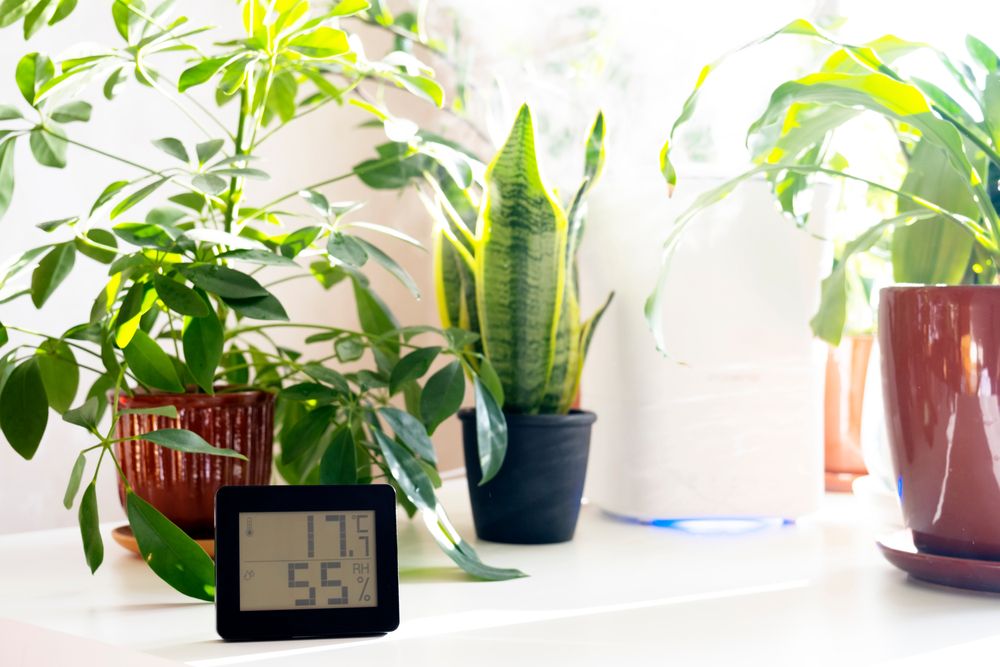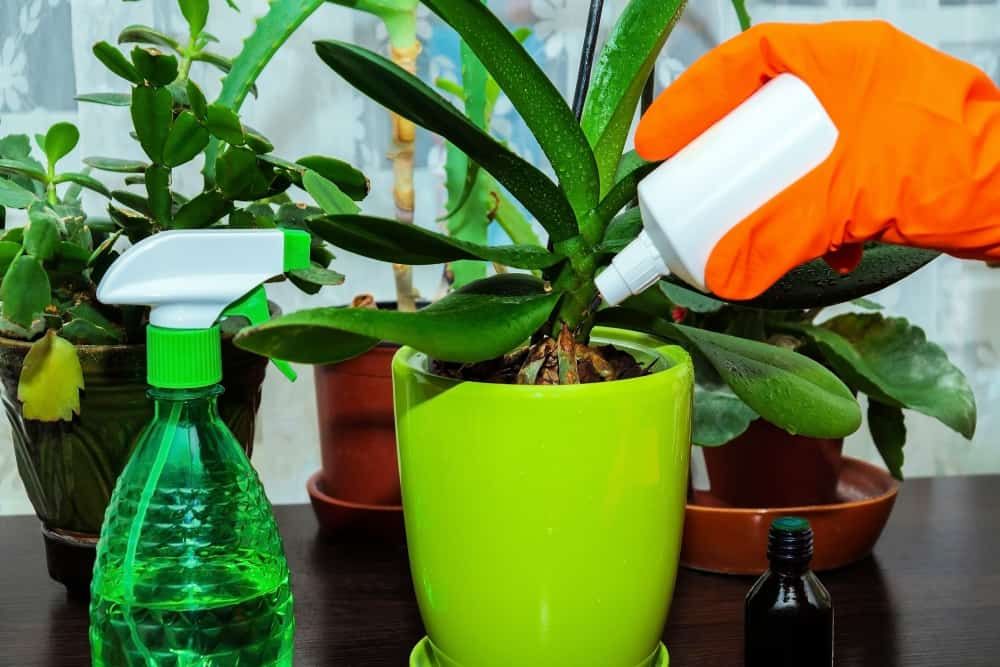There's nothing more satisfying than picking fresh herbs and crunchy vegetables right from the comfort of your home. An indoor garden is the best of both worlds when you don't have a big yard or the perfect weather to enjoy fresh produce year-round.
Maintaining an indoor garden differs slightly from maintaining traditional outdoor container gardens or raised vegetable garden beds. However, there are many excellent benefits of indoor gardens.
Besides extending the growing season and purifying the air, indoor gardens improve your sleep and bless you with healthy produce year-round. Read the following tips to create the perfect indoor vegetable garden today so you can enjoy crunchy and tasty veggies from the comforts of your home!
10 Tips For Creating the Perfect Indoor Vegetable Garden
1. Pick the Right Containers
Image credits: Fabrizio Guarisco via Shutterstock
One of the biggest mistakes you can make with indoor gardens is picking the wrong containers. Your ideal container should be large enough to allow the roots of your plants to spread and grow. Some herbs and greens are happy growing in shallow pots, but others prefer large containers for healthy growth.
You'll need to refer to your seed packets to know the exact pot size to use. While some packets will tell you what pot size to use for the veggie you're growing, others will talk about the ideal spacing you need to maintain between each seed.
Use this information combined with the expected height of the plant to pick the right container for your indoor vegetable garden.
Other factors to consider when choosing containers are to make sure it has proper drainage holes and that it is a material that doesn't affect the growth of your plants.
2. Pick the Right Soil
Image credits: Gabriel Phphy via Shutterstock
So, what's the best potting soil for vegetables growing in containers? While it's tempting to use a spade and scoop up some outdoor soil for your indoor vegetable garden, it's not a good idea. Outdoor soil isn't sterile and can contain many pests and diseases that you'll be inviting indoors!
There's a difference between garden soil and potting soil; you shouldn't use them interchangeably. You can either opt for potting soil or potting mix, but using them will depend on the plants you're growing.
If you'd rather have control over the environments your plants grow in; you can learn how to prepare your own soil for container gardening.
3. Pick the Right Plants
Image credits: Kosobu via Shutterstock
Again, it's tempting to want to grow your favorite vegetables indoors, but remember some veggies need too much space (vertical and horizontal) and direct sunlight for healthy growth.
For example, okra, corn, and sweet potatoes can be grown in containers, but they need a lot of space; hence they're ideal for outdoor container gardening. Your best bet, in this case, is to select dwarf varieties of your favorite veggies and grow them indoors.
4. Provide Them With Adequate Light
Image credits: vadim kaipov via Unsplash
While you can't mimic the sun exactly, you'll need to provide your indoor veggie garden with light for healthy growth. You can either position them where they receive at least six hours of sunlight daily or invest in strong grow lights and grow tents to help them thrive.
5. Use Vertical Space
Image credits: dieneves via Pixabay
When you grow veggies inside, you must make the most of your indoor space! Consider vertical and horizontal space your indoor garden can occupy. If you have less horizontal space, use your vertical space to create an indoor vertical vegetable garden!
You can choose many unique vertical garden ideas to match your home's look, feel, and theme. You can even DIY your vertical garden with pallets! However, if DIY isn't your forte, you can purchase some of the best premade vertical planters to grow your herbs and veggies.
6. Keep Track of Your Watering Schedule
Image credits: feey via Unsplash
Maintaining a watering schedule will be a bit of a challenge indoors. Outdoor plants dry faster than indoor plants, so you'll want to ensure the soil in your indoor pots is damp, not soggy. You can invest in a garden soil tester to test the moisture level in your indoor containers.
While waiting for your moisture tester, check the soil with your fingers before watering to avoid drowning and suffocating your plant's roots. Stick your finger inside the soil up to your first knuckle and then pull it out. If it's wet, your plant doesn't need water, but if it's dry, you need to water it.
If you're too busy and can't keep up with your plant's watering schedule, invest in self-watering pots that you'll need to refill only when it's low, usually every seven to 10 days.
7. Keep The Indoor Temperatures Right
Image credits: D.L.Sakharova via Shutterstock
When it's hot outside, you might run for the air conditioners, and that's okay, but your plants aren't as chill-friendly as you are! Many veggies, especially those that thrive under the full summer sun, prefer warm weather and don't take kindly to random temperature changes.
For example, tomatoes like it when the temperatures are between 65 and 85 degrees Fahrenheit, while spinach prefers anything between 50 and 60 degrees Fahrenheit. So you can place your heat-loving plants (tomatoes, peppers, cucumbers) near a sunny window and cool-season plants (spinach, kale, lettuce) away from direct sunlight.
During winter, or when you use air conditioners for longer periods of time, consider using a space heater to keep your plants warm.
8. Keep Your Plants Safe From Pests
Image credits: Lakeisha Ethans for Backyard Boss
Unfortunately, no matter how well you care for your plants, pests will always find a way to invade your indoor garden. You must deal with fungus gnats quickly before they take over and destroy your indoor vegetable garden. You might even see mushrooms growing in your potting soil!
Instead of using chemical pesticides, neem oil is beneficial for plants and safe for children and pets. You can use many neem oil recipes for your indoor vegetable garden. However, if you're dealing with aphids, ants, or slugs, you may need to make eco-friendly DIY organic gardening sprays that are safe to use around kids and pets.
9. Control Indoor Humidity
Image credits: D.L.Sakharova via Shutterstock
You don't have to worry about humidity when your plants are outdoors. However, when it comes to indoor gardens, high humidity levels can increase the chances of fungal growth, especially if you club your plants together.
High humidity levels can also affect your sleep, so it's a good idea to open a window and allow the breeze to clear up indoor humidity. If opening windows isn't an option, invest in a good dehumidifier to help reduce indoor humidity.
10. Use the Right Fertilizer
Image credits: VITALII BORKOVSKYI via Shutterstock
Indoor vegetable gardens need fertilizers for healthy growth, especially if they're growing in a soilless mix. If you'd rather have control over your plants' environment, composting comes with many benefits for your garden.
You can make an indoor compost bin or an outdoor one made from pallets to recycle kitchen scraps and transform them into black gold for your veggie garden. You can even compost on a balcony if you have the space!
If you can't compost just yet, you'll need to choose the right fertilizer for your vegetables. One of the most popular ones is Miracle Gro's Shake ‘n Feed Plant Food, which you can use for your indoor garden. Read the label carefully to know how and when to apply this fertilizer to your veggie garden.
In Summary
Indoor vegetable gardens allow you to grow fresh and crispy produce year-round regardless of the weather outside. Not only do indoor gardens extend your growing season and purify the air, but they're also great for your health. Indoor gardens are easy to maintain but differ from traditional raised beds or outdoor container gardens.
Hopefully, this article has helped you create the perfect indoor vegetable garden. Leave your comments, questions, thoughts, or experiences below, and don’t forget to share the article if you liked it.
Happy Gardening!

